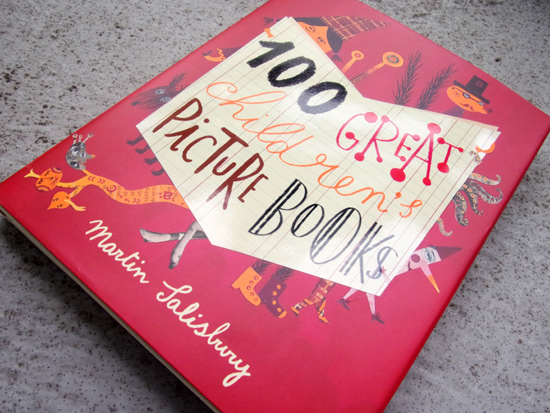100 Great Children's Picturebooks – Book review
By Martin Salisbury
Published by Laurence King ISBN 9781780674087
Review by Derek Brazell
Wrapped in a beautifully appropriate Sara Fanelli artwork jacket, Martin Salibury’s celebratory book is “first and foremost about good art and design” – as he is quick to emphasise in the introduction – and it delivers on his intention as compiler of being a “visual feast” for those who love the picture book.
100 Great Children’s Picturebooks takes a broad approach to work published for children, encompassing artwork and stories clearly aimed at children, through to artist’s books which may find stronger appreciation from adults, including Russell Hoban and Alexis Deacon’s curious mind adventure Soonchild (below), “which does not sit comfortably in the category of picturebook, or any other labelled box for that matter”.
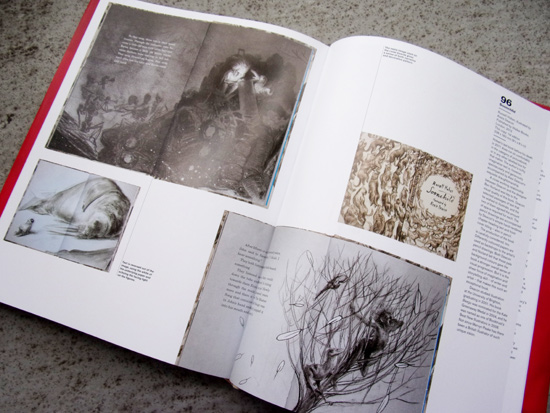
The selection therefore avoids what could be ‘adorable character’ fatigue and reaches across the world to include iconic picture book characters such as Tove Jansson’s Moomins, Kathleen Hale’s Orlando The Marmalade Cat and Laurent de Brunhoff’s Babar the Elephant, also recognising contemporary talents such as Beatrice Alemagna (below) and Kitty Crowther who are yet to be fully embraced by the more conservative children’s book market in the UK.
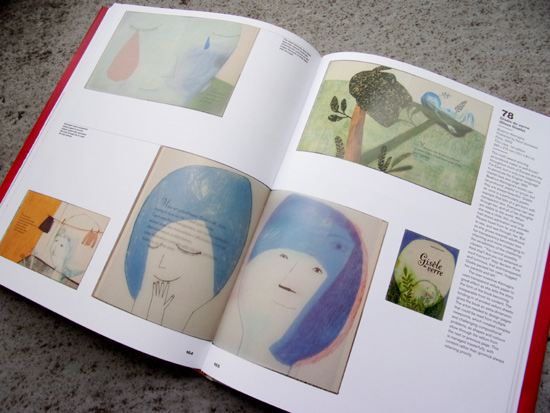
The variety of individual visual voices on display is a delight, providing an inspirational range of approaches to visual storytelling. This stretches from the Russian Constructivism of El Lissitzky, the atmospheric Maurice Sendak and Surrealistic Jan le Witt up to the drole characterisation of Jon Klassen. The ‘100’ books start in 1910, and as the reader (viewer) leafs through, it occurs that images from the 1920’s could easily be view as contemporary pieces in a different context, and influences can be seen as decades move on through the book.
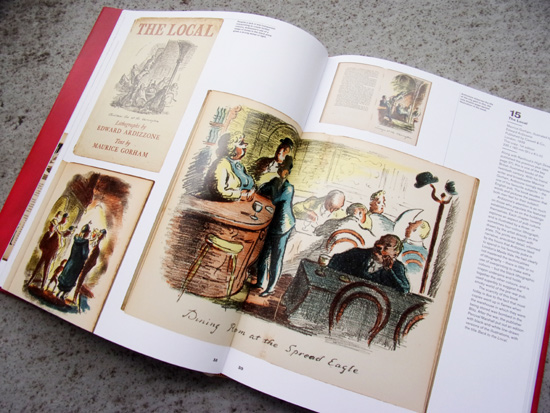
On each spread backgrounds to the artist and book are provided by Salisbury, who offers comment on why they were selected for inclusion, and a brief history of the work and its period (for the earlier pieces), or the techniques used to create the work. This provides a useful setting for the several spreads depicted from each book, allowing for a slightly more involved appreciation of the images.
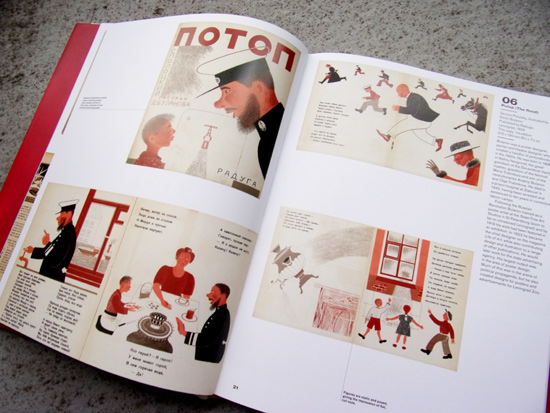
Salisbury’s intent was compile a book which would appeal to “anyone who enjoys beautiful things”, and even though his choice may not include your favourite book (I was hoping Robert Lawson’s illustrations for The Story of Ferdinand (the Bull) would be in there), there are a host of images which provoke joy, nostalgia and intrigue ensuring 100 Great Children’s Picturebooks has achieved his stated aim.
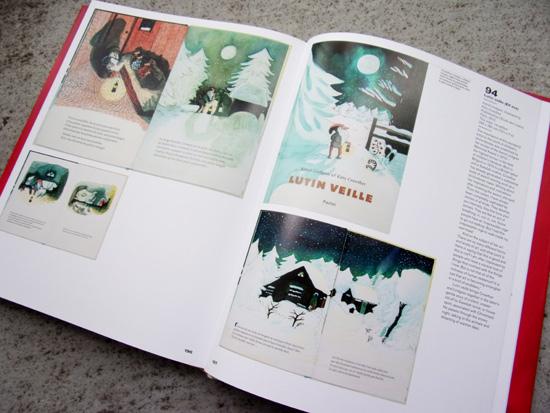
You may also be interested in these book reviews
Back to News Page

